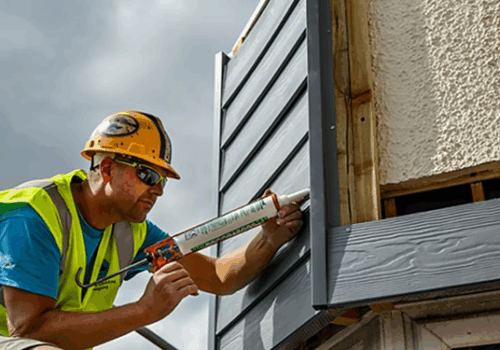4 Ways to Use Technology to Improve On-Site Safety
The construction industry is always looking for new methods to improve worker safety, and as technology advances, new opportunities to collect and act on safety data are opening up. When integrating these technologies, corporate leaders must remember that they are interconnected. The construction industry is known for having a hard time breaking down silos and setting up integrated systems that work well together. Additionally, integration helps businesses cut expenses and enhance their current infrastructure. Workers who have worked with outdated systems for a long time might find the move easier if new technologies are integrated with legacy systems.
Here are four ways that advanced technological integration might make construction sites safer places to work.
Using mobile applications to boost safety compliance
Although construction companies go to great lengths to set up BossTek safety measures and educate workers on best practices for silica dust safety, it can be hard to evaluate participation and compliance without digital processes. Safety procedures, including scheduling, notifying, and reporting can be streamlined with the help of mobile applications. This way, managers can easily see who has received what training and whether or not they are following federal and state mandates. By keeping track of how well worksite safety standards are followed, you can learn more about what’s going on the ground. Construction companies can eliminate information silos by using mobile apps that simplify analyzing participation and the efficacy of safety initiatives across the entire company.
Improve physical labor with wearable technology
Wearable technology in the construction industry ranges from augmented and exoskeletons to virtual reality headsets that help workers with strenuous physical tasks. Because construction work is so physically demanding, overexertion frequently results in injuries and fatigue at various work sites. Wearable technology, like exoskeletons, can help strengthen workers physically while monitoring fatigue levels and recognizing at-risk employees before an incident is recorded.
Use digital content to improve training
Recent studies have found that risky workplace practices and settings account for 90% of workplace accidents. This often happens because people on the ground don’t understand the safety protocols, don’t get enough safety training, or know the safety procedures. Even though there are safety and dust control measures and safety training in place, this isn’t always enough to make sure that all workers are well-informed about the relevant safety procedures. You can use digital content to ensure that workers have constant access to this data. What’s more, providing workers with regular digital assessments and refresher training will help ensure they are up-to-date on any new processes or rules they need to be aware of.
Use predictive data analytics to plan for safety gaps.
Any modern technology introduced to a construction site can generate enormous volumes of data that can be evaluated to yield insightful information. Recent research has shown that using predictive analytics correctly can forecast workplace accidents with near-perfect accuracy. As more construction equipment connects to the Internet of Things, software processing the data generated from it must keep up. With the help of predictive analysis, site managers can find mechanical failure points before they happen. As a result, there will be far fewer cases of employee injuries caused by poorly maintained or broken machinery.
Ultimately, businesses are empowered to establish the OSHA-recommended preventative safety measures by integrating modern technologies with existing structures, while also minimizing hazardous safety events on the worksite, reducing human error, and improving data collection to spot potential safety gaps early.





